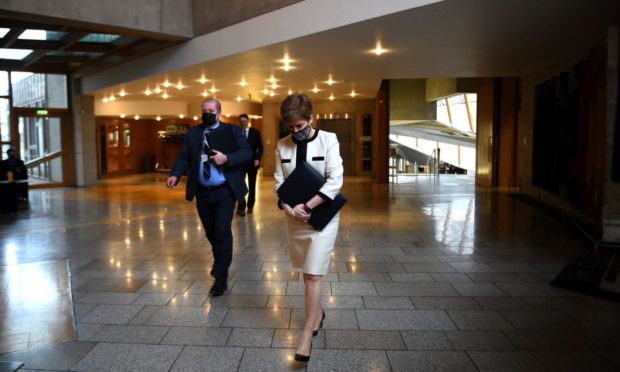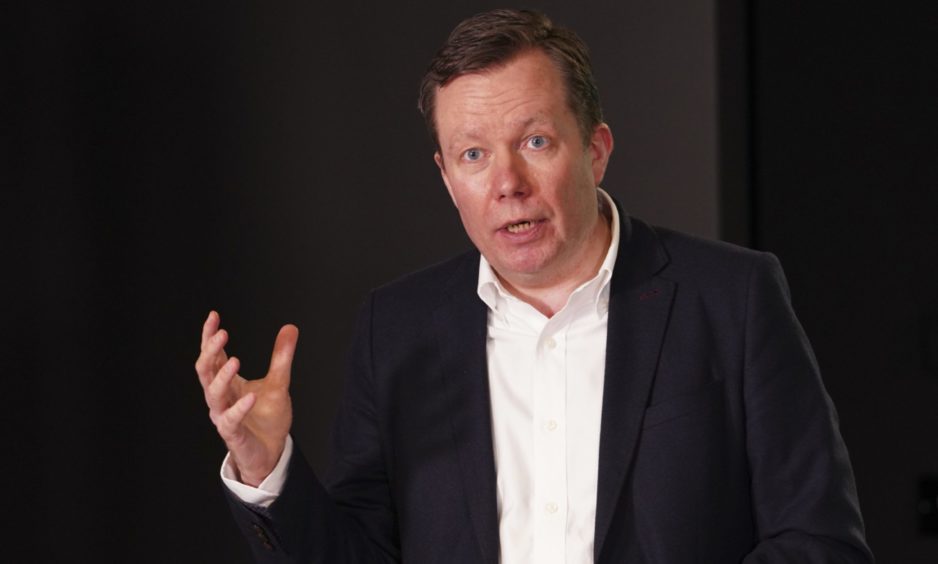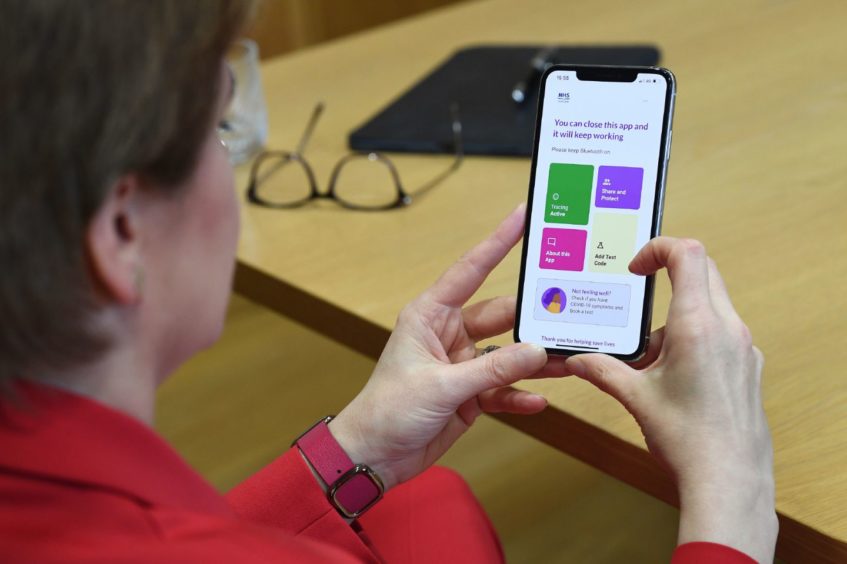Nicola Sturgeon has said she wants “if at all possible” the current lockdown to be the last Scotland has to go through, as she confirmed her officials are still working towards eliminating coronavirus.
The first minister said there is now “compelling evidence” the vaccination programme is working but she stressed that to ensure no further shutdowns are required, any further lifting of measures must be done in a sustainable way.
Her comments come ahead of the Scottish Government publishing a new road map out of lockdown next week.
Data have shown a significant decline in care home deaths, with the proportion of those dying in facilities falling from 34% at the beginning of January to 13% last week, and daily cases also appearing to be moving in the right direction.
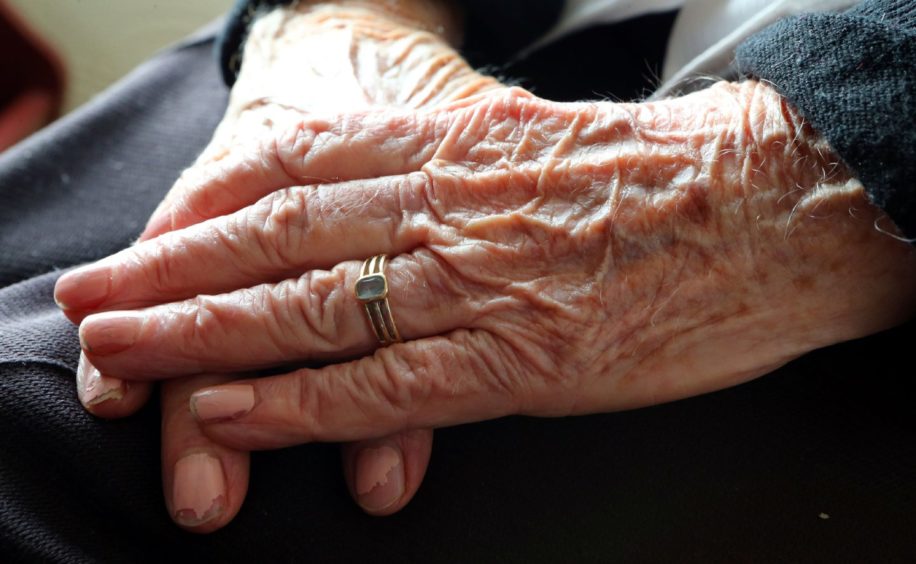
But Ms Sturgeon told Thursday’s daily coronavirus briefing that although “cases are declining in Scotland, test positivity is declining”, the road map will be “deliberately quite cautious, because none of us want to set this progress back”.
“If it is quick at the expense of sustainability, the danger is, as we start to look at next winter again, we will be back in lockdown,” she warned.
The first minister said she wanted the current lockdown to be “the last one we need” but stressed this means the recovery must be “not just as quick as possible but, perhaps more importantly, as sustainable as possible so we keep going in the right direction”.
Elimination ‘near impossible’
It comes after a leading health expert warned eliminating Covid-19 – suppressing the virus to as low a level as possible and then keeping it there – could be “near impossible” in Scotland.
Dr Christine Tait-Burkard, from Edinburgh University’s Roslin Institute, said this would be “a very difficult strategy to pursue” because Scotland is a “very multi-cultural society” with “very close links to the continent”.
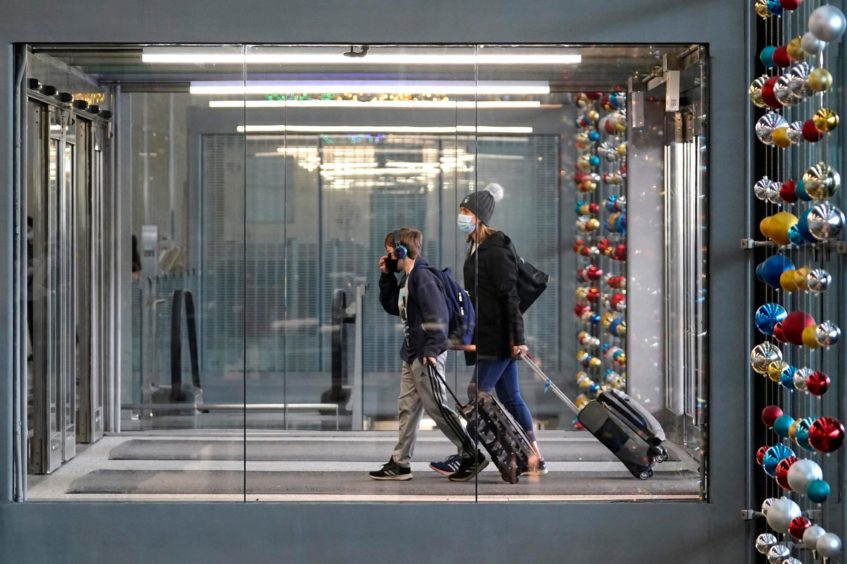
She said: “It’s a bit different from Australia and New Zealand, where these strategies are indeed quite feasible because the only ports are by air or by boat. With the UK those links are very close and people can travel very easily.”
Earlier in the day national clinical director Professor Jason Leitch said Scotland could “strive” to eliminate coronavirus but warned this would come at the cost of isolation and could see international travel restricted “for some time”.
Prof Leitch said this would not be the same as “global eradication”, and even eradicating it completely in Scotland would require a “smallpox-style, many-years project” even if the virus mutates in the right way.
The Scottish Government has been urged to define its strategy for dealing with the virus this year, and specifically whether it will still adopt an elimination strategy, by a panel of Scots convened by Holyrood’s Covid-19 committee.
A report drafted by its 19 members pushed for an elimination strategy to be put in place that would see a set of restrictions drive the number of cases towards zero.
The panel said ministers should also be clear what they consider to be an “acceptable level of infection” within the population.
‘The objective hasn’t changed’
During the briefing on Thursday, Ms Sturgeon said she has “always been part of the school of thought that says we should be seeking to eliminate” the virus – though she accepted this might mean “something slightly different” from country to country.
However, the first minister stressed “that doesn’t change the overall objective”.
“We have, since way back last spring, early summer, in Scotland said our objective should be to eliminate, by which I mean supress to as low as possible a level and then try to keep it there,” Ms Sturgeon said.
“Now, is that feasible? The evidence and the work that has been done around genomic sequencings says yes because what it shows is we actually achieved that in the summer in Scotland last year.
📺 Watch live: First Minister Nicola Sturgeon holds a press conference on #coronavirus (#COVIDー19).
Joining the First Minister is Chief Nursing Officer, Professor Fiona McQueen. https://t.co/ZPalbbxkaz
— Scottish Government (@scotgov) February 18, 2021
“Most of the strains of the virus that had been circulating in Scotland were eliminated and then what happened is, it reseeded, mainly from travel, some overseas travel, some from travel across the UK.
“So we know we can do that. I think we’re still some way off it, on the data we have got just now, but I think we are on a path back to that suppression to very low levels.”
‘We have to do better’
Ms Sturgeon said the virus was reseeded in Scotland “mainly from travel…” and stressed: “We have to do better when we get it to those low levels”.
Asked whether it was still the Scottish Government’s goal to eliminate the virus in light of warnings from health experts, the first minister said keeping levels of Covid-19 low would present “different challenges for a country like Scotland” .
But she insisted it is still the right thing to do because keeping infection rates low will lower chances of the virus mutating or seeding community outbreaks.
“So it is, in my view, the right objective but different countries and different geographical locations with different circumstances will face a host of different challenges in trying to achieve it,” Ms Sturgeon said. “But it doesn’t make the goal any less valid.”
